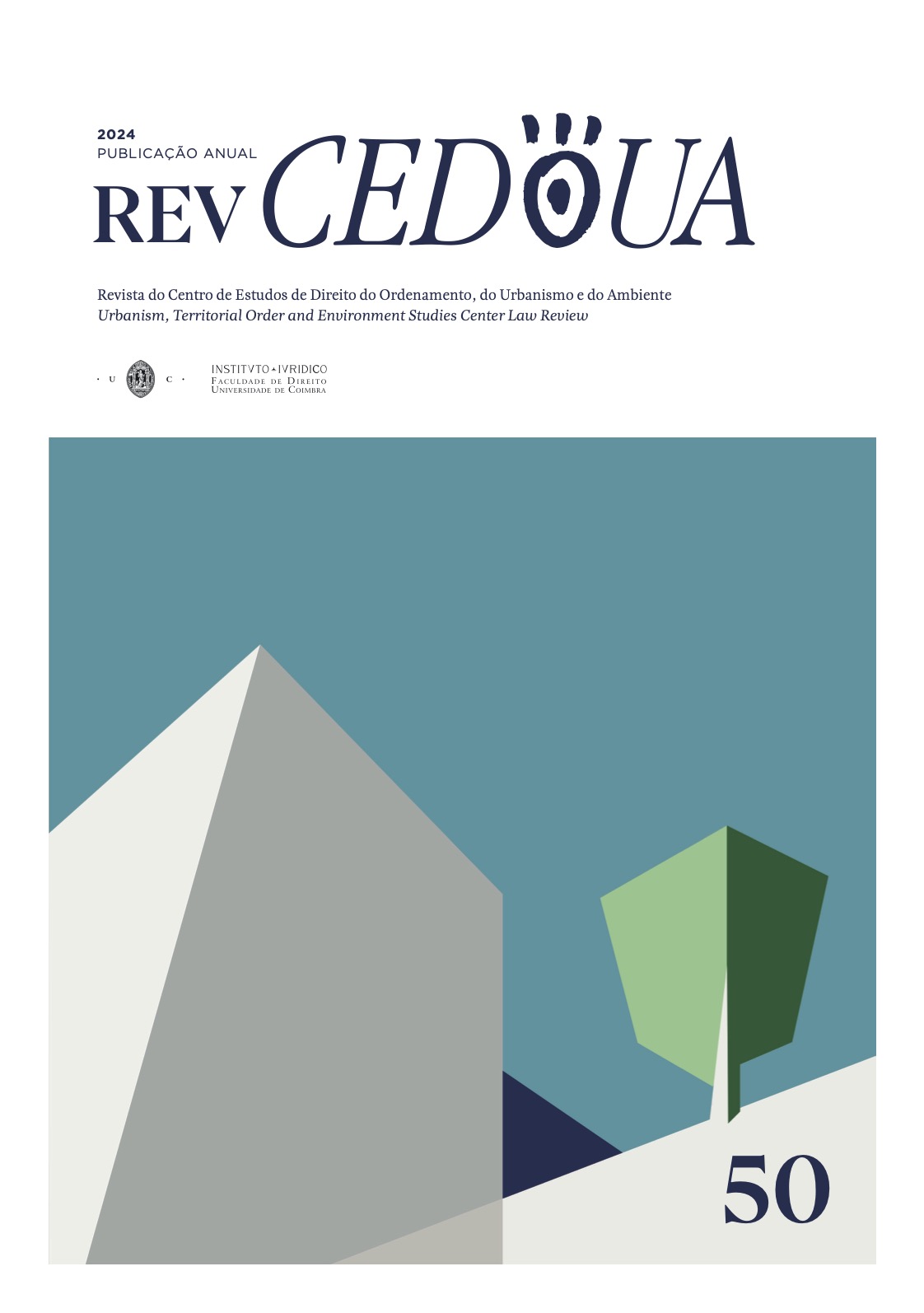Advocacy for Land Regularization in a Multi-risk Scenario: the case of the urban informal settlement ‘Ocupação em Busca de Uma Moradia’
DOI:
https://doi.org/10.14195/2182-2387_50_4Keywords:
advocacy, risk reduction, land regularization, community resilience, climate changesAbstract
The article explores the interplay between urban planning and disaster risks in urban informal settlements, examining physical, social, economic, and environmental vulnerabilities alongside community response capacities. It presents the experience of a technical advisory project funded by CAU/BR in the “Ocupação Em Busca de Uma Moradia” (OEBUM) in São Carlos, SP. Despite the precarious land tenure and challenging urban-environmental conditions in this territory, self-managed strategies are employed to mitigate risks and advance the guarantee of adequate housing. While these initiatives are crucial, they cannot be the only means of addressing risks; public authorities must enhance these efforts and address gaps in disaster prevention and the promotion of fundamental rights. We argue that land regularization can act as a technical-political tool to increase legal security, foster a more democratic technical debate, and encourage popular participation. Finally, we assess the potential of social housing technical advisory (ATHIS) to contribute to Disaster Risk Reduction by addressing vulnerabilities and strengthening community resilience. Advocacy for a comprehensive land regularization, in this context, supports an integrated and participatory approach aimed at driving material transformations in these territories.
Downloads
Downloads
Published
Issue
Section
License
Copyright (c) 2025 Danielle Rosim, Ana Santos, Thiago Scatena, D. Baptista

This work is licensed under a Creative Commons Attribution 4.0 International License.
Authors retain copyright and grant the journal right of first publication with the work simultaneously licensed under a Creative Commons Attribution License that allows sharing the work with recognition of authorship and initial publication in Antropologia Portuguesa journal.



